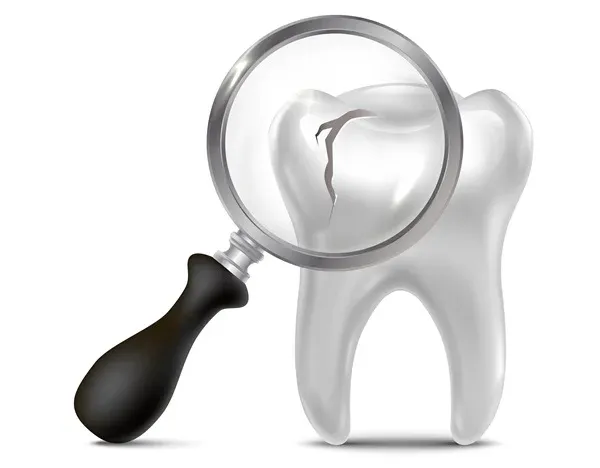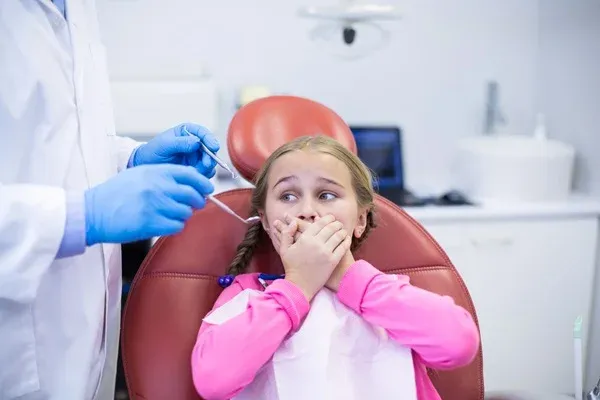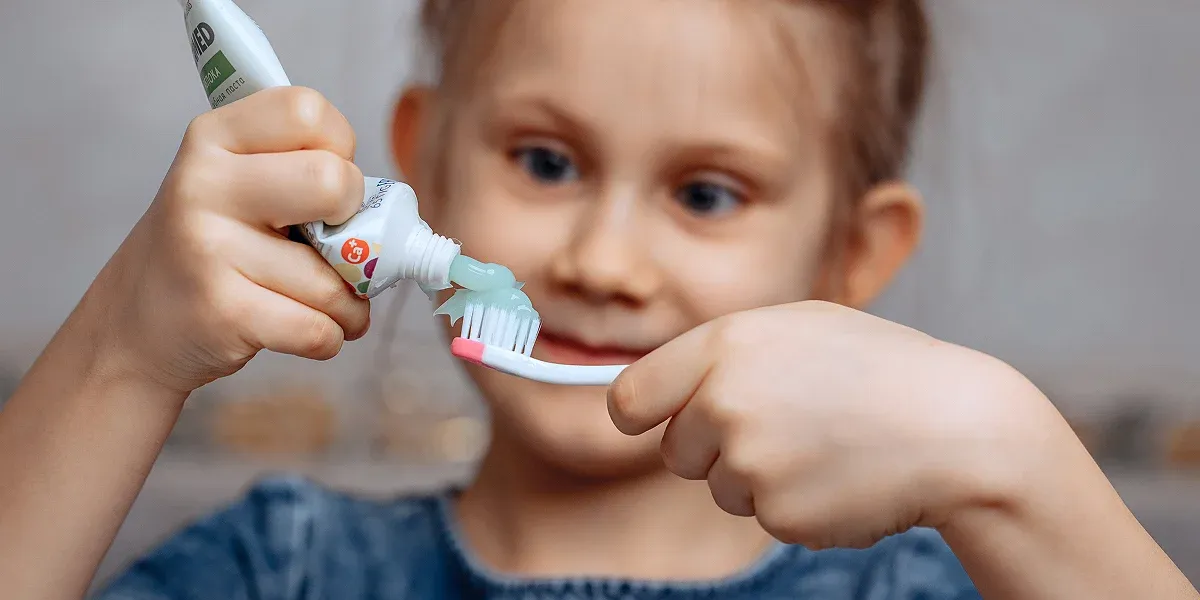
Dealing With Dental Emergencies
Essential Information for Parents on Handling Dental Emergencies and Knowing When to Seek Immediate Professional Help
Dental emergencies encompass a range of unforeseen situations that require immediate attention to address issues affecting an individual’s oral health. These emergencies can vary from a knocked-out tooth to severe toothaches, broken teeth, and injuries to the mouth’s soft tissues.
It is vital for individuals, particularly parents, to quickly acknowledge the critical nature of such circumstances and promptly seek professional dental assistance. Parents should refrain from panicking in the face of a dental emergency. Children often look to their parents for guidance and reassurance. Panicking can heighten the child’s anxiety and fear.
Maintaining a calm demeanor helps soothe the child and creates an environment where they feel supported and secure. Panic can escalate a situation, potentially making it worse. For instance, a child may pick up on a parent’s anxiety, causing them to become more distressed.
The heightened emotional state can complicate the management of the dental emergency. A calm and composed approach helps prevent the situation from worsening. In dental emergencies, quick and informed decisions are crucial. Staying calm allows parents to follow first aid measures accurately and communicate effectively with emergency services or dental professionals.
Recognizing Dental Emergencies and Seeking Professional Help: A Parent’s Guide
A dental emergency can arise unexpectedly, often catching parents off guard. Recognizing the signs of urgent oral health issues is crucial for taking swift action and ensuring the well-being of your child’s teeth and gums. Here is a comprehensive guide in this regard.
- Knocked-Out or Dislodged Teeth: A knocked-out tooth requires immediate attention, especially within the first hour, for the highest chance of successfully re-implanting it. Hold the tooth by its crown (refrain from touching the root), gently wash it with water if it’s dirty, and try to re-implant it into the socket. If re-implantation is impossible, place the tooth in a container filled with either milk or saliva and promptly bring it to the dentist. Recognizing this emergency involves checking for a missing tooth and understanding the urgency of seeking professional help.
- Broken or Fractured Teeth: Broken or fractured teeth can result from various incidents, including falls or accidents. Recognizing this dental emergency involves examining the teeth for visible cracks, chips, or missing portions. Parents should also be attentive to any signs of pain, bleeding, or sensitivity in the affected area, as these could indicate a more severe issue requiring immediate attention. If your child has a broken or fractured tooth, collect any pieces, rinse his mouth with warm water, and use a cold compress on the face to reduce swelling. Bring the broken pieces to the dentist.

- Severe Toothaches: Persistent and severe toothaches indicate underlying problems such as infections, abscesses, or dental trauma. Recognizing this emergency involves paying attention to your child’s complaints of pain, discomfort while eating or drinking, and any visible swelling around the affected tooth or gums. Prompt, professional intervention is crucial to address the root cause of toothache. Wash the child’s mouth with warm water to alleviate intense toothaches, and employ dental floss to remove any trapped debris. Do not place aspirin or painkillers directly on the gums. Provide age-appropriate over-the-counter pain relievers as directed and consult the dentist promptly.
- Soft Tissue Injuries: Soft tissue injuries within the oral cavity, such as cuts to the lips, gums, or cheeks, can result from accidents or falls. Recognizing this emergency involves inspecting the mouth for any cuts, puncture wounds, or bleeding. Immediate first aid measures, such as a clean cloth or gauze, are necessary to prevent further complications. If bleeding persists, seek urgent dental care.
- Loose or Displaced Teeth: A tooth that becomes loose from its normal position is another significant issue that requires prompt attention. Recognizing this involves checking for any changes in the alignment or stability of the teeth. It may be an indication of dental trauma or underlying issues that need professional evaluation and treatment. If a tooth becomes loose, avoid touching it. Gently reposition the tooth back to its normal position if possible. Consult with the dentist for further guidance.
- Sudden Swelling or Infections: Sudden swelling in the gums, face, or jaw can signal an infection or abscess. Recognizing it involves being vigilant for signs of swelling, redness, and tenderness. Immediate professional assessment is necessary to address the infection, prevent its spread, and alleviate pain. Place a cold compress on the outer part of the mouth or cheek in the event of swelling or trauma. It helps minimize pain and inflammation.
- Pain or Discomfort After an Injury: Any pain or discomfort persisting after an oral injury, even if not immediately evident, should be assessed by a dental professional. This type of dental emergency can arise from various causes, such as falls, accidents, sports injuries, or any impact that affects the oral region. Swelling, bruising, redness, or changes in the appearance of the affected area may be visible, signaling potential damage or inflammation.

Recognizing dental emergencies is crucial for parents to safeguard their children’s oral health. Early intervention is vital to preserve dental function, minimize pain, and ensure optimal outcomes for oral health.
Emergency Response: What Parents Need to Know About Dealing with Dental Crises
Dealing with a dental emergency for your child can be a tense situation, but it is crucial to remain composed and respond promptly. Here’s a step-by-step guide on how to handle your child’s dental emergency:
- Stay Calm: In dental emergencies, having a composed approach significantly matters. Your child looks to you for reassurance, and your calm presence can substantially impact his experience during these challenging situations. In comparison, panicking can worsen the child’s anxiety and hinder providing first aid or effective communication with dental professionals.
- Understand the Situation: Quickly assess the severity of the dental emergency. Determine if it’s a knocked-out tooth, a broken tooth, a severe toothache, or another issue. Seek emergency dental care to protect your child’s oral health.
- Contact the Dentist: Call your child’s dentist or an emergency dental clinic immediately. Explain the situation and follow any instructions they provide. Have the dentist’s contact information easily accessible.
- Use Distraction Technique: Involving your child in diverting activities like watching a calming video or reading a thoughtful book can shift his focus away from the pain and aid in anxiety management.
- Maintain a Comfortable Environment: Ensuring a comfortable and quiet environment can contribute to pain management. Reduce stimuli that may exacerbate the child’s discomfort and provide a soothing atmosphere.
- Provide Comfort and Reassurance: Throughout the process, provide comfort and reassurance to your child. Dental emergencies in children can be frightening, and your calming presence can make a significant difference in their experience.
- Prevent Future Injuries: Take preventive measures once the immediate crisis gets addressed. Motivate your child to use a mouthguard during sports, avoid chewing on hard foods, and uphold diligent oral hygiene practices.
Seeking professional dental care is crucial in any dental emergency. Follow your child’s dentist’s guidance and seek immediate attention for urgent situations.
Final Thoughts
Parents should act promptly in the face of an emergency. By staying composed, parents contribute to a more supportive environment, reducing stress for themselves and their children in critical situations. Seeking professional help in the face of emergencies is also vital.
Dentists assess the situation, provide accurate diagnoses, and offer timely treatment. Early intervention increases the likelihood of saving damaged teeth and prevents complications. Dental professionals guide pain management, prescribe medications, and suggest preventive measures. They are crucial for restoring oral health, addressing aesthetic concerns, and supporting overall well-being.
Contact your kids' dentist in Stockton, Dr. Sajjad Rizvi, D.D.S. at Happy Kids Dental, to learn about Dealing With Dental Emergencies.
Resource:
When Does Pediatric Tooth Extraction Become Necessary?
*This media/content or any other on this website does not prescribe, recommend, or prevent any treatment or procedure. Therefore, we highly recommend that you get the advice of a qualified dentist or other medical practitioners regarding your specific dental condition*
Subscribe To Our Newsletter
Get Updates And Learn From The Best


